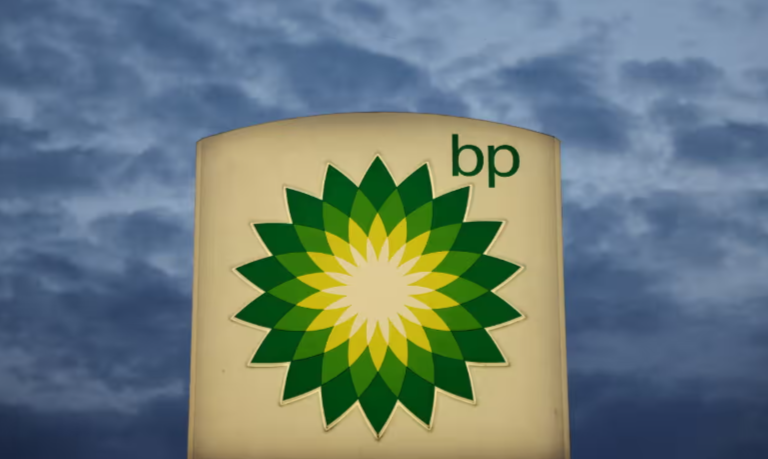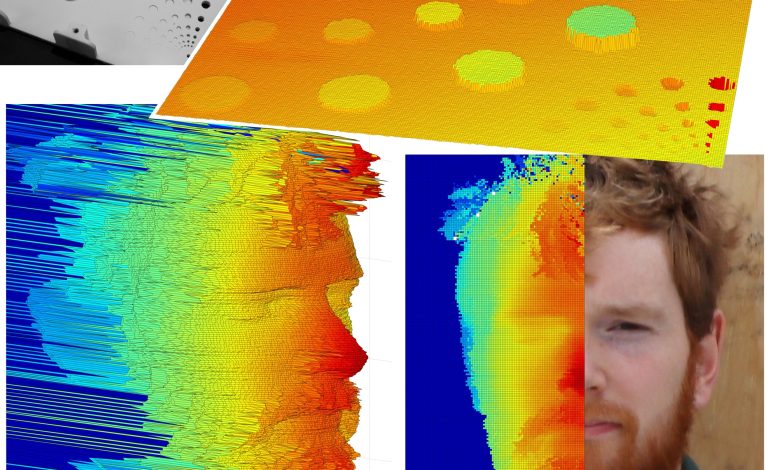Researchers at Heriot-Watt University in Scotland have developed a cutting-edge laser-based system capable of capturing high-resolution, three-dimensional images of objects from distances up to one kilometer.
Using a technique known as LiDAR (Light Detection and Ranging), the system can create detailed 3D models of objects, including facial features, with millimeter-level precision.
LiDAR works by emitting laser pulses that bounce off objects and return to the sensor. By measuring the time it takes for the pulse to return, the system can determine the distance to each part of an object and generate an accurate 3D image. The new system developed by Aongus McCarthy and his team at Heriot-Watt University stands out for its ability to create images of objects, such as human faces, from remarkable distances with unprecedented depth resolution.
For instance, from 325 meters away—equivalent to roughly three football fields—researchers were able to generate a detailed 3D image of a person’s face with millimeter-scale accuracy. In testing, the system was also able to capture objects like Lego figurines from 32 meters and even an entire segment of a communication tower from as far as 1 kilometer.
The breakthrough in this technology lies in the system’s ability to detect light with incredible precision, using an advanced sensor based on superconducting nanowires. This sensor is cooled to extremely low temperatures and is sensitive enough to detect even the faintest light particles, enabling high-accuracy measurements. The system’s precise timing, down to a trillionth of a second (picosecond), allows it to distinguish minute depth variations, making it possible to capture small features like facial contours or surface ridges with high fidelity.
Researchers believe this system has vast potential for applications in a variety of fields, including security, autonomous vehicles, and remote sensing. For example, it could be used to detect and identify faces or human activity through obstacles like fog, smoke, or camouflage. The technology also has the ability to monitor and assess environments in challenging conditions, such as scanning buildings for potential subsidence or capturing images of distant objects obscured by clutter or atmospheric disturbances.
One of the primary advantages of this LiDAR system is its ability to operate effectively in daylight, where other systems might struggle due to sunlight interference. By using a laser wavelength that is invisible to the human eye, the device reduces background noise and improves the clarity of the resulting images.
Though the system has shown great promise, further development is needed to make it more compact and suitable for everyday applications. Researchers are already exploring the possibility of extending its range to 10 kilometers and enhancing its capabilities to capture more distant and complex scenes.
With input from New Scientist, Heriot-Watt University, and Phys.org contributed to this report.








